If you are one of the people who get confused by car vocab, you are in the right place. So let us take a look at some of the terms the so-called ‘car people’ (and of course the pushy car sales-person at the dealership) use to talk about the specifications of the car.
-
Length, Height, Width of the car body
The length of the car is measured from the front bumper to the rear bumper. The average car length is around 4 to 5 meters. Longer cars are more stable.
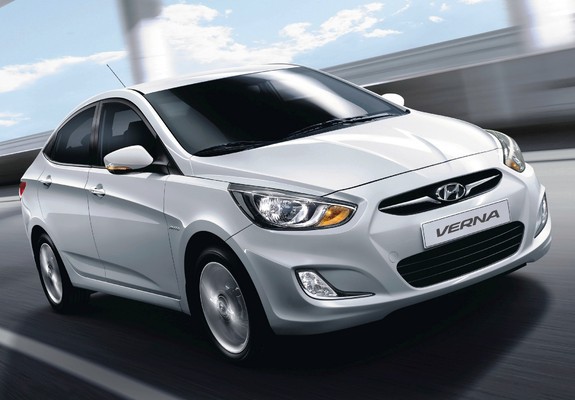
Hyundai Verna is one of the longest sedans in India The technical data sheet (TDS) of the vehicle shows the width of a car in millimetres. Sometimes the rearview mirrors are included in calculating the car’s width. Wider cars have more space in the interior.
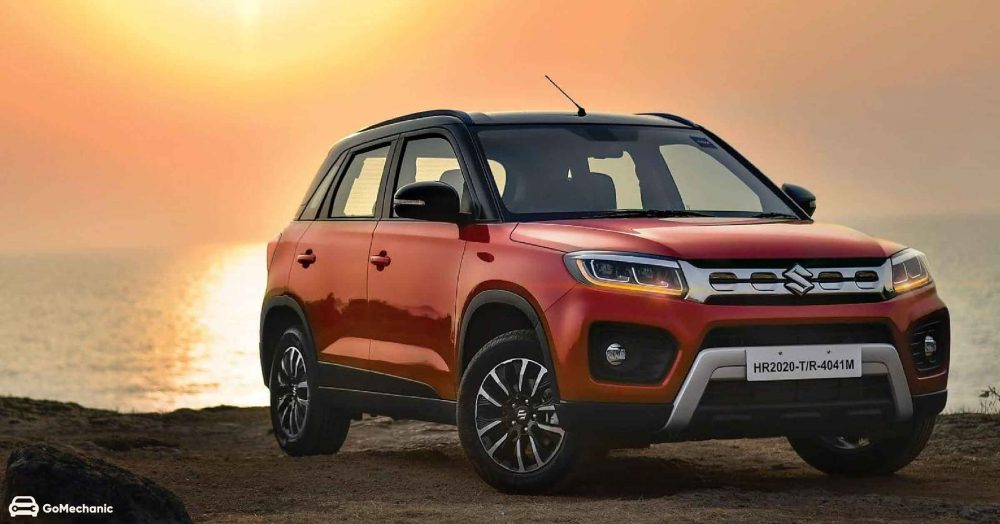
Since SUVs are massive cars that are tall, they are more likely to rolling over The height of the car is the vehicle’s vertical measurement from the portion of the tyres touching the ground to the highest point on the roof. Larger vehicles like an SUV come with a higher car roof. So one of the perks of a taller car is that you would get more head-room. But at the same time, there could be some body-roll with a car like an SUV.
You would love: Renault Sells Over 18,000 units with the Triber MPV in India!
-
Ground Clearance/Ride Height
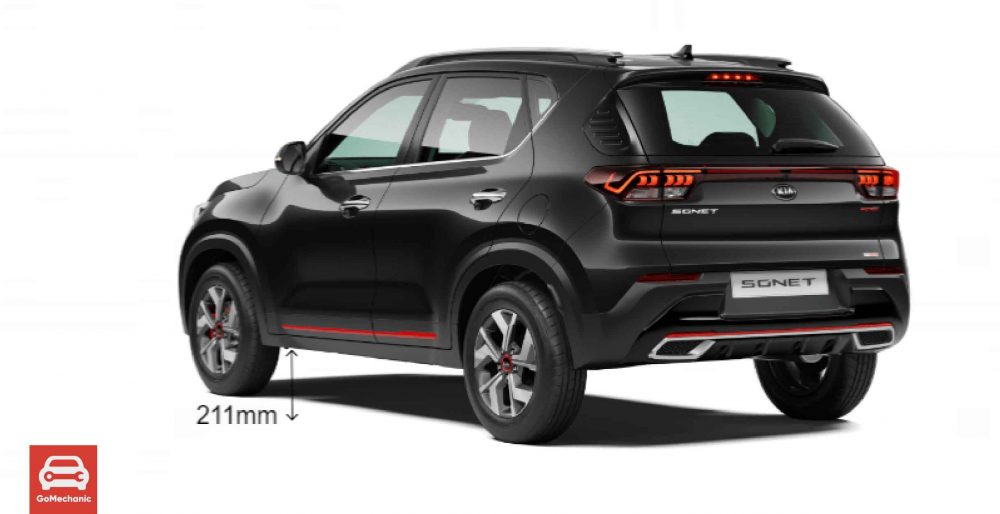
Kia Sonet Ground Clearance It is the distance between the flat road and the underbody of the car. SUVs have the highest ground clearance or ride height, followed by hatchbacks. However, too much ground clearance can make the car higher. And as a result, it can possibly rollover while you are trying to skim a corner.
-
Wheelbase and Track
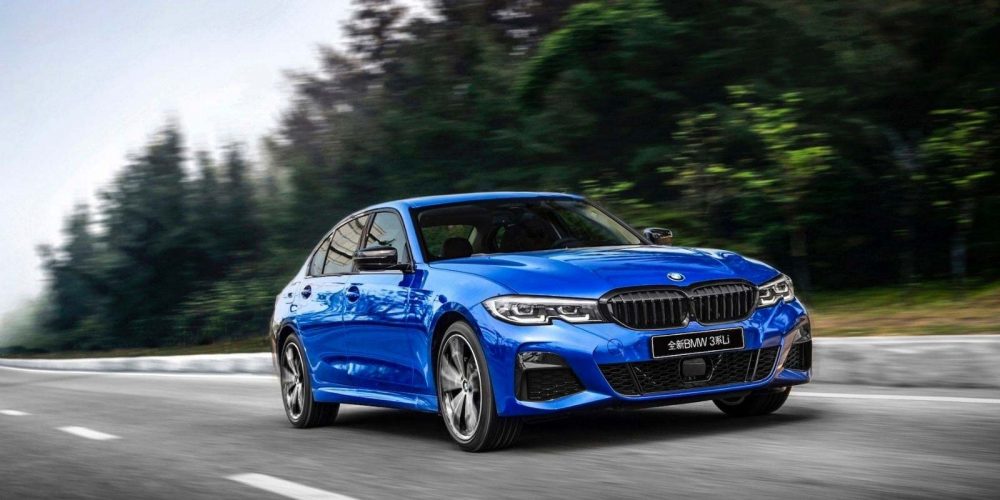
BMW-3-Series-Gran-Limousine-7 has a long wheelbase We measure the wheelbase in millimetres. It is the distance between the centres of the front and rear wheels along the length of the vehicle. The wheelbase can affect the quality of the ride as well.
The track width on the other hand is the width of an axle. We measure it across the two rear tyres on the same axle.
-
Ramp angles and Turning Radius
The approach angle is the biggest angle the car can make without damaging its front end while ascending from a flat surface to a steep upward incline. On the other hand angle of departure is the largest angle the car can descent to without messing up its rear bumper. Many SUVs have impressive ramp angles.
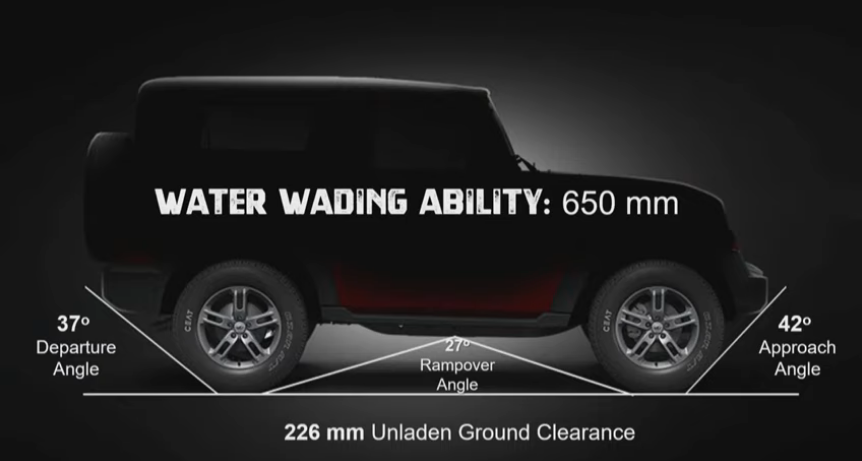
2020 Mahindra Thar The turning radius is the radius of the smallest semi-circle the car can make. Smaller turn radii are always better.
-
Engine Displacement
You won’t miss this term on the car’s spec sheet. Engine displacement is used to determine the power and torque of the engine. It is the total capacity of all the cylinders in the engine. We denote displacement in cubic centimetres (cc) or litres. cc is generally the more accurate measure of engine displacement.
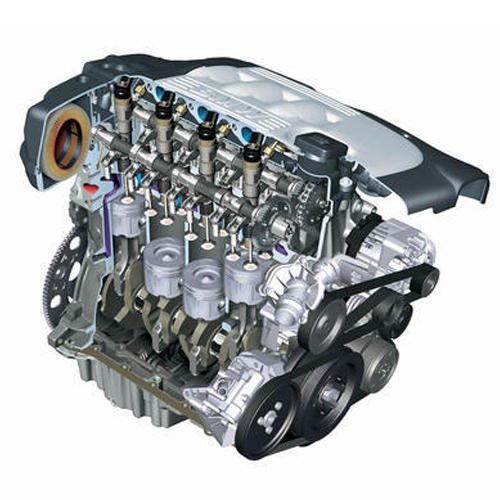
A 4 cylinder engine The engine displacement is a very important measure. This is because, it is what determines the torque and the horsepower of the engine.
-
Horsepower and Torque
A horsepower is a unit that measures the rate at which work is done. Thus, faster cars usually have higher horsepower at their disposal.
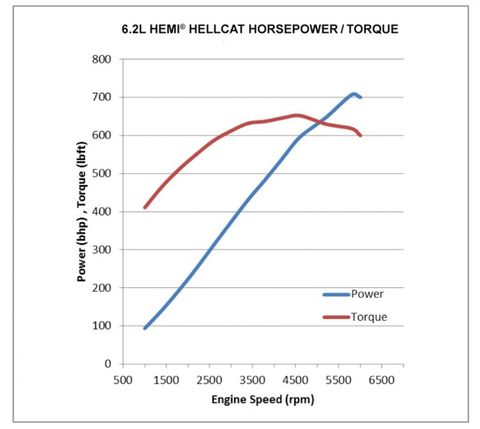
A power torque curve Torque is a measure of the power that can make a body rotate. It is the twisting force produced by the engine. We can spot the torque of the car in the spec sheet in Newton Metres or Nm.
Download the GoMechanic App Now!

-
Engine Oil, Coolant, and other auto fluids
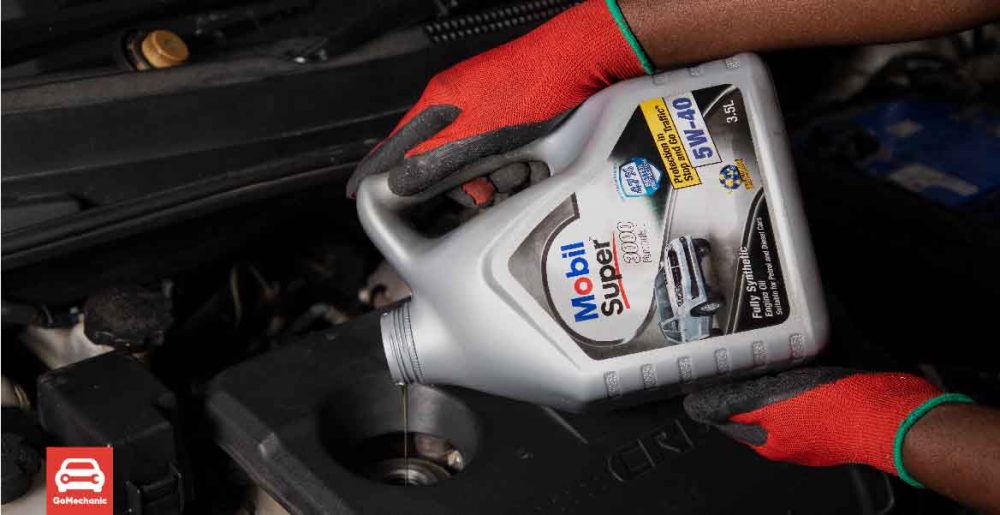
Engine Oil If you drive a regular car, it carries a lot of fluids. We use engine oil to lubricate the vehicle’s engine. When the engine oil changes colour and gains a dark brownish shade, it means the time for an oil change has come.
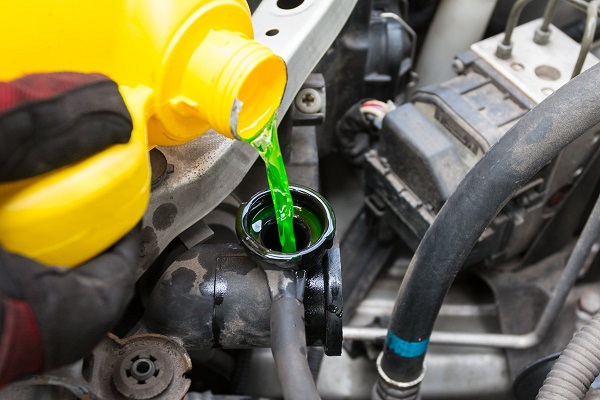
Car Coolant The coolant cools the car engine. It is half water, half antifreeze mixture. Antifreeze is a glycol-based fluid. It has a higher boiling point and a lower melting point compared to water. Along with this, a car also carries around other fluids like the transmission fluid, brake fluid, wiper fluid, and so on.
-
Curb weight of the car

Maruti Suzuki Ignis is a light car with a low curb weight. Curb weight is sometimes spelt as kerb weight. It is the weight of the car without the occupants or cargo. But the fuel tank of the car would be full. To estimate the vehicle’s curb weight, the car would be weighed along with the fluids and basic equipment.
-
Petrol, Diesel, Hybrid and Electric Engine

Toyota Vellfire Hybrid Engine Diesel or petrol engine uses petrol or diesel as fuel. An EV or an Electric Vehicle has a motor and a rechargeable battery instead. A hybrid on the other hand has an internal combustion engine along with an electric motor. Because of this, some hybrid cars run on the electric motor at lower speeds. And when you floor the paddle, the IC engine kicks in.
-
Range and Fuel Economy
Fuel economy is the relationship between the distance the vehicle travels and the fuel it needs to do so. We can show fuel consumption in terms of is how long the car engine would run on a unit of fuel. Therefore, greater fuel efficiency means you don’t have to pay a lot for fuel. Fuel efficiency is often greater in smaller cars.
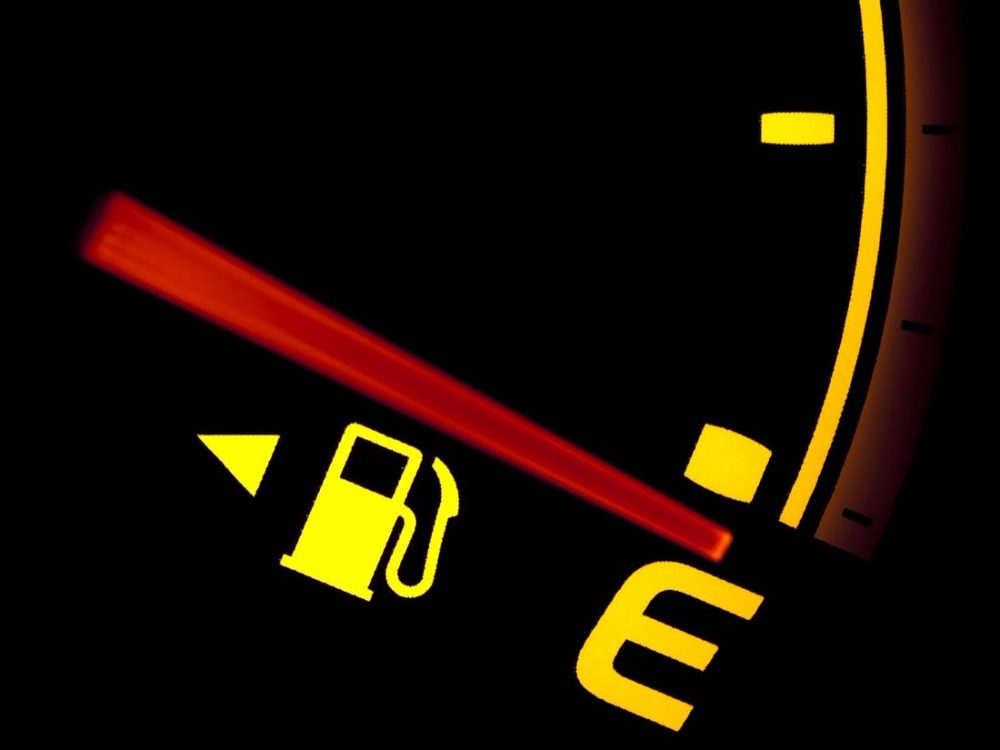
Cars with low fuel economy can leave you broke The range is used to refer to how far an electric vehicle can go with a fully charged battery. Hence, the range depends on the capacity of the vehicle’s battery and your driving style.
Ignorance may be bliss but it can also cost you a lot of money. When you are out there buying cars, you can haggle better if you do your homework. And it won’t hurt if know some of these simple car terms too.
Also check out: 10 Upcoming Cars We Are Looking Forward To For The Year 2021
Do you need to get your car serviced? We are here to help! Download the GoMechanic App now.







really informative posts and ideas
this is super exciting!!!